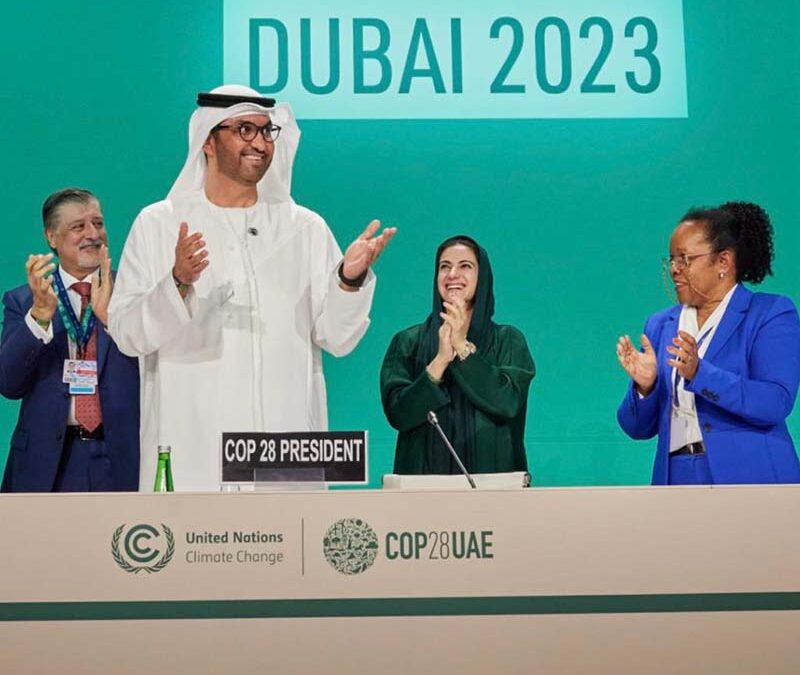The Conferences of the Parties (COPs) to the United Nations Framework Convention on Climate Change (UNFCCC) are highly anticipated events. For those who optimistically follow the issues at stake in the negotiations, these meetings represent the possibility of witnessing significant changes in the commitments and ambitions set by Annex I countries, which are the largest emitters of greenhouse gases.
Central America is one of the most vulnerable regions on the planet to the adverse effects of climate change, but this vulnerability is still not adequately recognised. Despite this, the countries of the region have made an ambitious commitment to contribute to the fulfilment of the Paris Agreement, with the objective of preventing global temperatures from rising more than 1.5 degrees Celsius by the end of the 21st century.
The beginning of the end
The UNFCCC concluded with an agreement that has been dubbed by UN executive secretary Simon Stiell as the “beginning of the end“. Although the complete phase-out of fossil fuels has not yet been fully defined, it appears to be the beginning of the path towards their eradication and the creation of opportunities for sustainable technologies.
But are we really entering the era of the end of fossil fuels? This seems like a utopia possible only in a Netflix series or in the movies, and that is the impression left by the conclusion of the agreement: the urgent call made by science almost a decade ago to eliminate the use of fossil fuels, which are the main cause of global warming, by the end of the century remains unheeded.
Of concern is the stance of major oil-producing countries, which rejected the proposal to drastically reduce fossil fuel production, proposing more conservative actions such as CO2 capture and the elimination of subsidies. This list of producing countries includes Dubai, the host country of the event.
Climate finance
One of the outstanding achievements of COP28 was the significant increase in the funds earmarked for climate finance, which exceed US$12 billion, to be managed through the Green Climate Fund. It is worth mentioning that access to these funds implies great technical and economic efforts for developing countries such as Honduras, which to date has not managed to become accredited to the fund.
In addition, new adaptation finance commitments for least developed countries were announced, with a budget of USD 188 million earmarked for the Adaptation Fund. This step is expected to meet the global adaptation goal.
Although funding has increased, the vulnerability levels of the Central American region are high and the amounts of funding that may reach the countries are not sufficient to implement the plans and strategies that have been defined. This means that the poorest, most neglected, vulnerable and excluded populations will continue to be the most affected, especially those located in coastal areas and in the Central American Dry Corridor.
Loss and damage
The implementation of the new loss and damage fund was achieved, but without increasing commitments and ambitions on adaptation, which is paradoxical because without actions to increase resilience, loss and damage in the region will increase and costs will rise.
The Intergovernmental Panel on Climate Change (IPCC) has pointed out in its reports that for the most vulnerable populations it is already too late to adapt to the consequences of climate change.
To catch up with the climate change race, the dream of eradicating fossil fuels must become a reality, which is an important step to stop irreversible damage to the planet. This is not a simple process, but it is imperative to start it soon, in a fair and differentiated way.

